올해 최고의 과학사진 톱10 The top 10 science images of 2014
‘사이언스’ 혜성 표면 촬영·인공 핵융합 Z 머신 등 선정
사상 최초로 촬영한 혜성 표면부터 남극에 보존된 티끌보다 작은 우주먼지까지. 과학저널 ‘사이언스’는 과학 발전의 문턱을 또 한 번 넘어서며 올해 과학계에 화제를 불러일으킨 10대 사진을 선정해 24일(현지 시간) 발표했다.
1위는 명실상부하게 올해 최고의 성과로 꼽히는 유럽우주국(ESA)의 혜성탐사선 로제타호가 촬영한 혜성 ‘67P/추류모프-게라시멘코’의 표면이 차지했다. ‘추리’라는 애칭으로도 불리는 이 혜성의 표면 사진은 탐사로봇 ‘필레’가 로제타호를 떠나 혜성 표면에 착륙하기 직전 촬영했다. 현재 필레는 태양빛이 없는 곳에서 대기 모드로 바뀌어 ‘겨울잠’에 들어간 상태다.
화려한 도시의 야경을 연상시키는 ‘Z머신’은 3위에 올랐다. Z머신은 세계에서 가장 큰 X선 발생 장치로 미국 뉴멕시코 주 샌디아 국립연구소에 있다. Z머신은 초고온·초고압 상태를 인위적으로 만들 수 있어 핵융합 원리를 규명하는 데 이용된다. 올해 Z머신은 핵융합 반응에서 생겨나는 부산물인 중성자를 검출하는 데 처음으로 성공해 핵융합의 실현 가능성을 한층 앞당겼다는 평가를 받았다.
강렬한 푸른빛을 내뿜는 외계 쌍성은 4위로 꼽혔다. 이 사진은 스페인 알리칸테대 등 국제 연구팀이 지구에서 약 1만3000광년 떨어진 ‘알리칸테 1’이라는 성단을 관측하다가 촬영했다. 연구진은 이 사진이 극대거성(hypergiant)이 생성되기 위해서는 두 별이 병합해야 한다는 가설을 뒷받침하는 것으로 보고 있다. 특히 이 쌍성은 200만 년 정도의 젊은 별이어서 학계에서는 두 별이 병합한 뒤 어떤 일이 벌어질지 주목하고 있다.
고생물학계에서는 수영하는 공룡 ‘스피노사우루스’가 주목받았다. 스피노사우루스는 영화 ‘쥬라기공원 3’에서 티라노사우루스의 목을 물어뜯어 죽인 공룡으로 유명하며 9500만 년 전인 후기 백악기에 살았던 육식공룡이다. 1990년대 중반까지 큰 관심을 끌지 못하다가 1998년 북아프리카에서 뼛조각 400여 개가 한꺼번에 발견되면서 관심이 집중됐다. 육지의 난폭한 육식공룡으로만 알려졌던 스피노사우루스가 물속에 집을 짓고 살면서 헤엄도 쳤다는 사실이 올해 처음 밝혀졌다.
남극 대륙에 보존된 우주먼지를 촬영한 사진도 10위에 올랐다. 우주먼지는 혜성이 지구 근처를 지나가면서 떨어뜨린 것으로 인간이 지상에서 연구할 수 있는 가장 오래된 우주 입자다.
이 밖에 남근(男根)의 기원을 밝혀 줄 뱀의 배아와 4년 6개월 동안 알을 품어 부화시킨 뒤 숨을 거둔 ‘슈퍼 맘’ 문어, 플라스틱으로 만든 인공바위, 현대 문명을 처음 접한 아마존 원시 부족 청년의 모습 등도 순위에 올랐다.
‘사이언스’ 선정 2014 올해의 과학사진
1위-로봇탐사선 ‘필래’가 착륙 직전 촬영한 혜성 ‘추리’ 표면
1. The Rosetta mission lands on a comet

ESA/Rosetta/Philae/ROLIS/DLR
The Rosetta mission and its landing of the Philae probe on comet 67P/Churyumov-Gerasimenko was one of the biggest science success stories of 2014—and our Breakthrough of the Year. This image of the comet’s surface, taken by Philae when it was just moments away from landing, is one of the mission’s most iconic.
2위-남근(男根)의 기원 추적할 뱀 배아
2. The origin of the penis
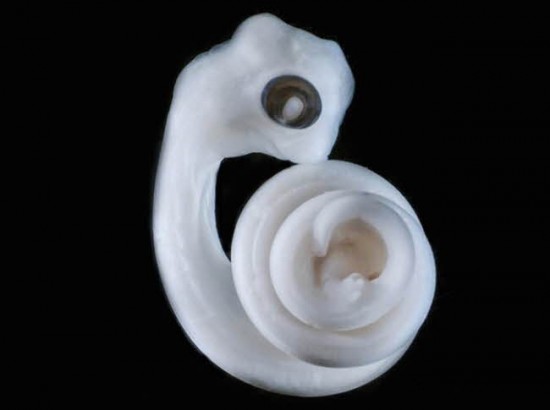
PATRICK TSCHOPP/HARVARD MEDICAL SCHOOL/DEPARTMENT OF GENETICS
It’s not a question a lot of scientists ponder out loud, but it’s key to much of life on Earth: Where does the penis come from? This image of a snake embryo shows tiny buds where legs would be if snakes had legs—but in fact, they’re actually the beginning of the snake's paired penises. After studying how the organ gets its start in snakes, lizards, mice, and chickens, researchers said they’ve finally figured out where the penis comes from.
3위-인공 핵융합에 한발짝 더, ‘Z 머신’
3. The Z machine
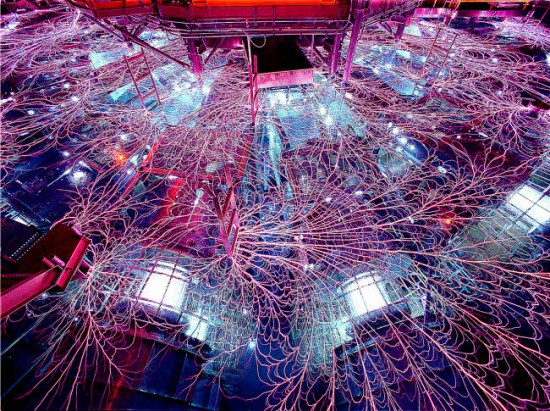
andia National Laboratories
In October, researchers using the awesomely named Z machine at Sandia National Laboratories in New Mexico reported a significant advance in the race toward nuclear fusion. They’ve detected significant numbers of neutrons—byproducts of fusion reactions—coming from the experiment. This not only demonstrates the viability of their approach, but also brings them closer to their ultimate goal of producing more energy than the fusion device takes in.
4위-드물게 포착된 거대 쌍성의 병합
4. Two giant blue stars melding in space
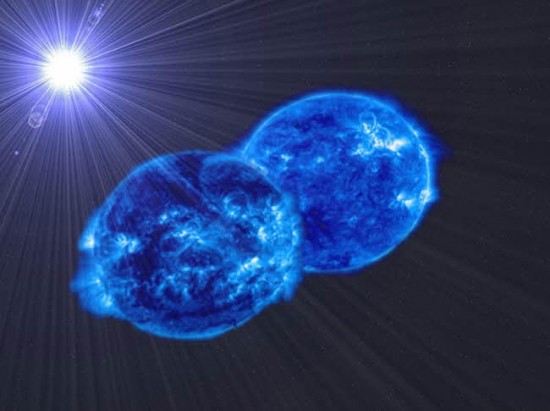
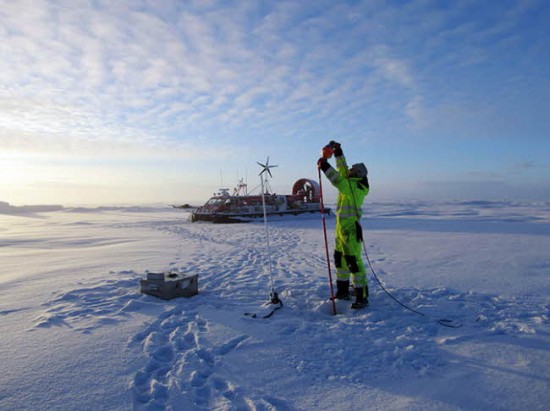
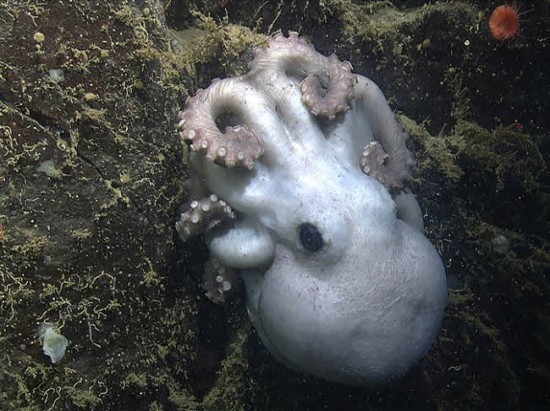
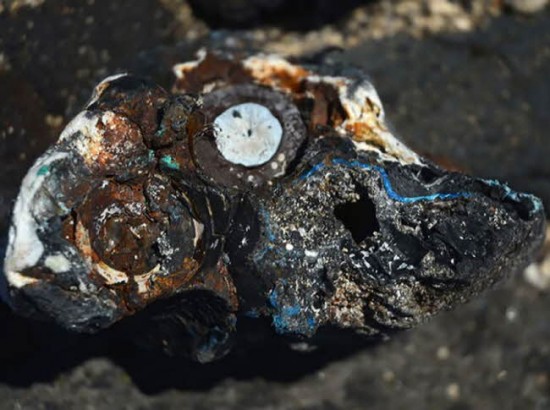

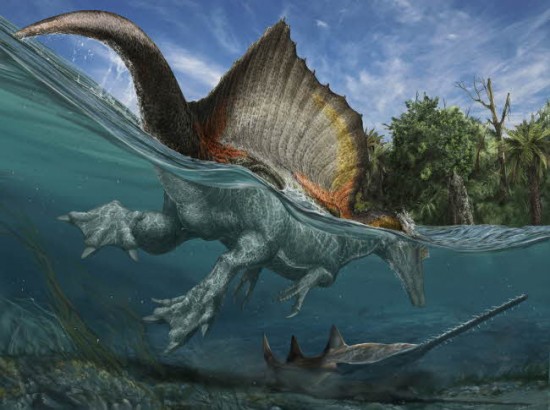
10위-지구에서 가장 오래된 우주 입자, 우주 먼지
10. Comet dust found on Earth
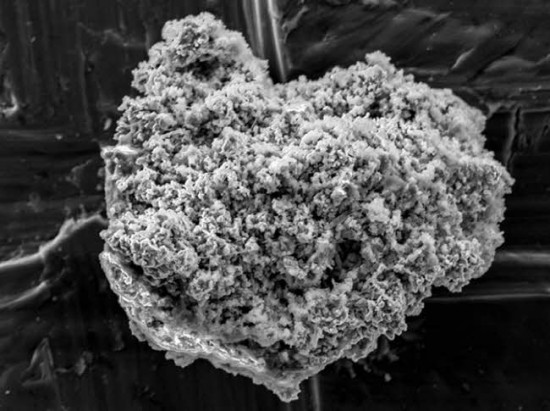
TAKAAKI NOGUCHI
This is a single particle of comet dust, found preserved in the ice and snow of Antarctica—the first time it's ever been found on Earth’s surface. Comet dust is the oldest astronomical particle we can study and provides clues about how our solar system first formed, so scientists are excited to get their hands on this potential new source.
http://news.sciencemag.org/scientific-community/2014/12/top-10-science-images-2014
동아사이언스 전승민 기자 enhanced@donga.com
"from past to future"
construction news
conpaper
.









